Racial and Ethnic Disparities in Substance Abuse Treatment Completion
Previous studies have made it clear that there are significant disparities in substance abuse treatment (SAT) outcomes between Whites and African-Americans. Less is known about Latino disparities, the largest group entering SAT. Most studies also focus on differences in service, drug use, and severity factors across groups, instead of looking at differences within groups. In a study published in Health Services Research, Dr. Erick Guerrero and his research team explored differences for Whites, African-Americans, and Latinos in treatment completion, an important SAT outcome. The team compares how differences both across and within the groups affect treatment completion.
Based on personal factors that are already known to affect treatment completion and differences in drug use that are known to exist across racial groups, the research team posited:
- After accounting for factors that affect treatment completion, African-American and Latino clients will still complete SAT less frequently than White clients.
- Further, completion rates for African-Americans and Latinos using cocaine, methamphetamine, heroin, or other drugs (such as marijuana or inhalants) will be worse than rates for Whites and rates for those using alcohol (as opposed to illegal drugs).
- Even comparing individuals within the same racial group, personal risk factors (such as intensity of drug use, mental health, and homelessness) will still lead to lower completion rates.
- For all people, regardless of racial group, having to wait fewer days to enter SAT and being referred by the criminal justice system will increase the odds of completing treatment.
To test these hypotheses, the research team used a dataset of all SAT episodes occurring in Los Angeles County between 2006 and 2009. These data have information about clients’ employment status, criminal justice status, substance use profile, substance use history, and medical and psychological status. To ensure comparability of clients in the same treatment situation, the team only analyzed clients’ first outpatient treatment episode. They also excluded methadone and other related opioid maintenance therapy programs because their completion criteria are different.
The analysis was done by using a standard statistical method supplemented by a technique that accounts for some clients receiving treatment within the same facility. Facilities may have their own extemporaneous effect on the variables being studied.
After conducting the statistical methods described, the findings were:
- African-Americans and Latinos were in fact less likely to complete their first outpatient SAT episode than Whites.
- African-Americans using heroin, cocaine, marijuana, or other drugs (such as inhalants) were less likely to complete treatment than Whites and others using alcohol. For Latinos, the same was true for those using methamphetamines, cocaine, and marijuana.
- For differences within each racial group, the biggest were observed for Latinos and Whites, whose SAT completion rates differed greatly based on the type of drug problem. Compared to alcohol use, Latinos fared worse if they used methamphetamines, cocaine, or marijuana, while Whites fared worse when they used heroin, methamphetamines, or cocaine.
- Being referred to treatment by a drug court increased the odds of completion for Latinos and Whites, while referral through Proposition 36 led to higher rates of completion for Latinos only.
An interesting aspect of these findings from the Los Angeles County public health system was that only twelve percent of all episodes were successful, compared to 45 percent reported in national studies. All four hypotheses were at least partially supported. African-Americans and Latinos, after accounting for many factors, were less likely to experience their first successful outpatient SAT episode. There is also a compounding effect for Latinos and African-Americans that use cocaine or other illegal drugs. Findings also suggested important differences not only across groups but within groups. Risk factors within the Latino group, such as the type of drug problem, were important in terms of determining whether one would successfully complete treatment. Overall, findings can inform health care policy to eliminate disparities between and within groups and with these efforts improve treatment completion and recovery among the most vulnerable population in SAT.
To view the study in its entirety, please click here.
Source: “Disparities in Completion of Substance Abuse Treatment between and within Racial and Ethnic Groups”, Health Services Research




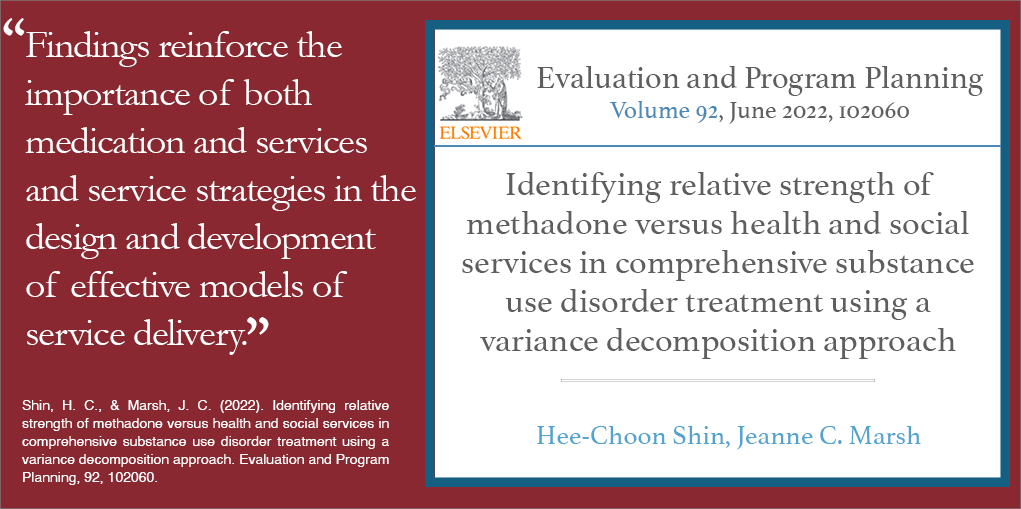
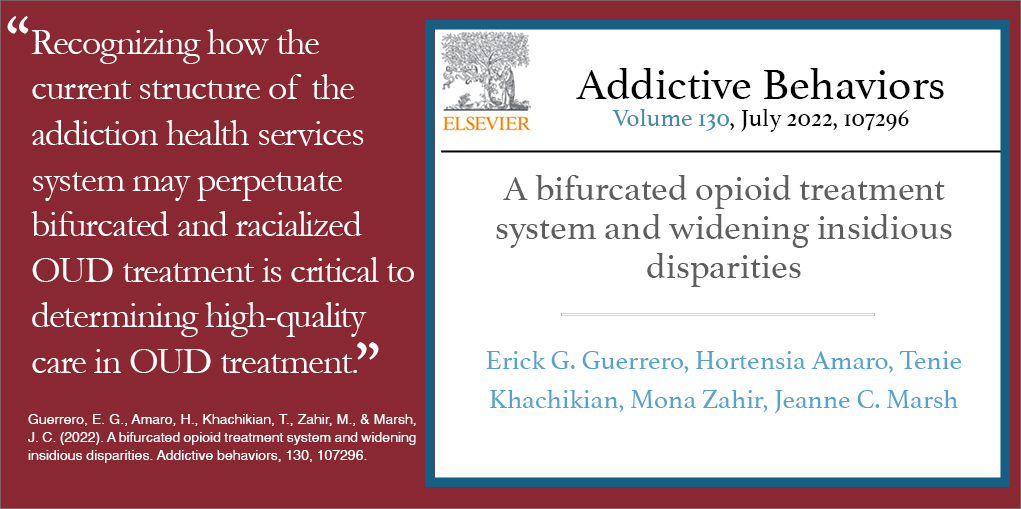
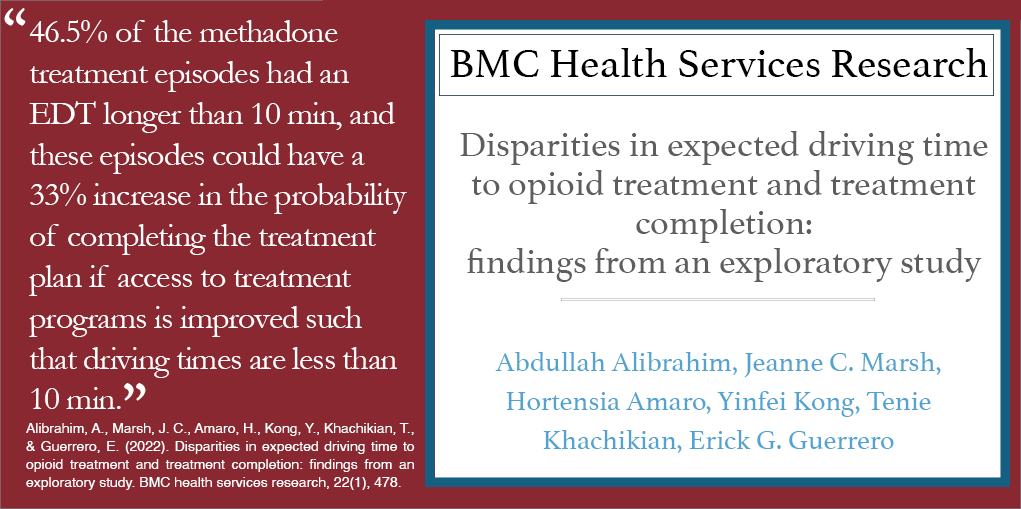
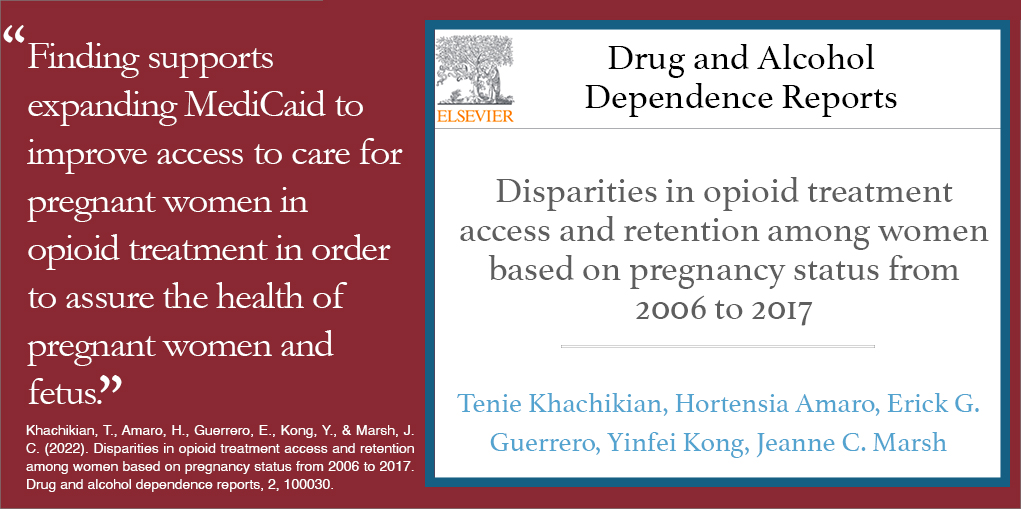
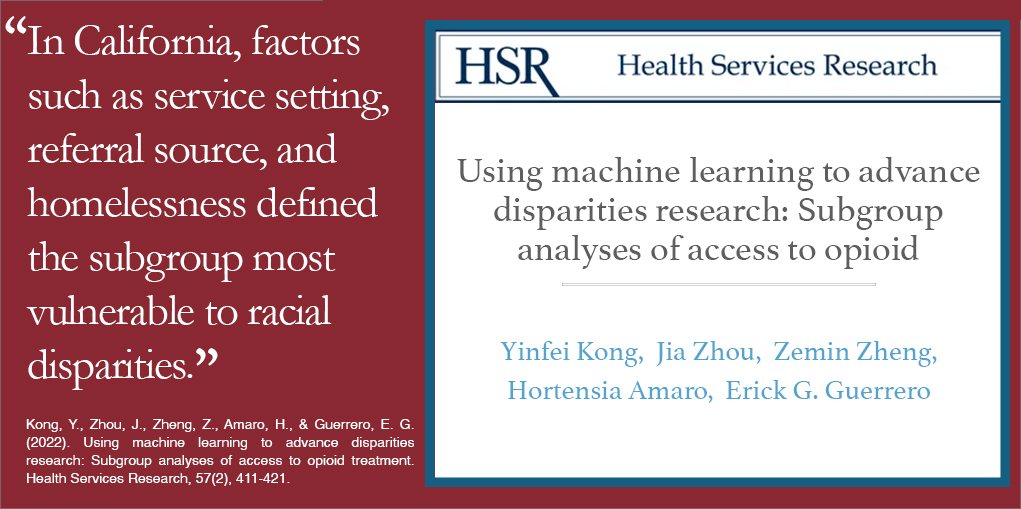
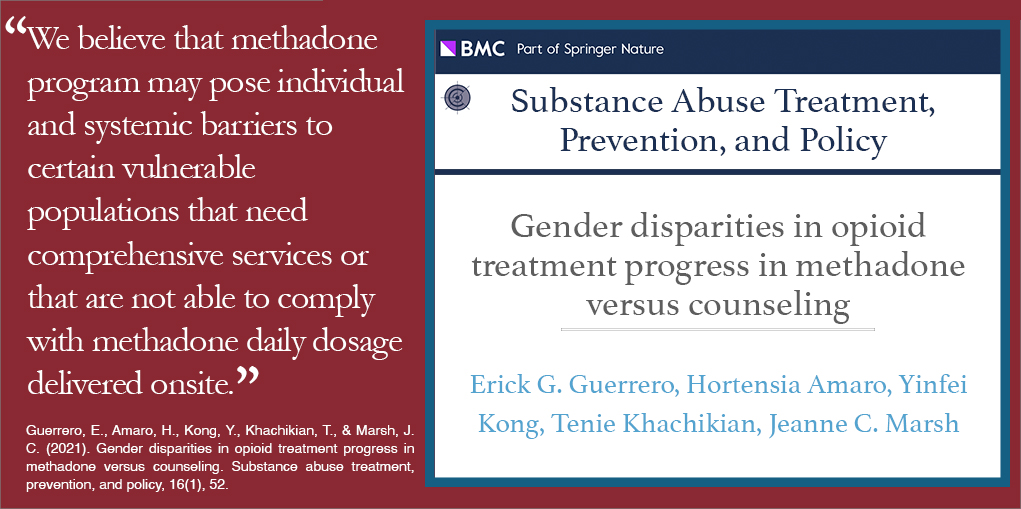
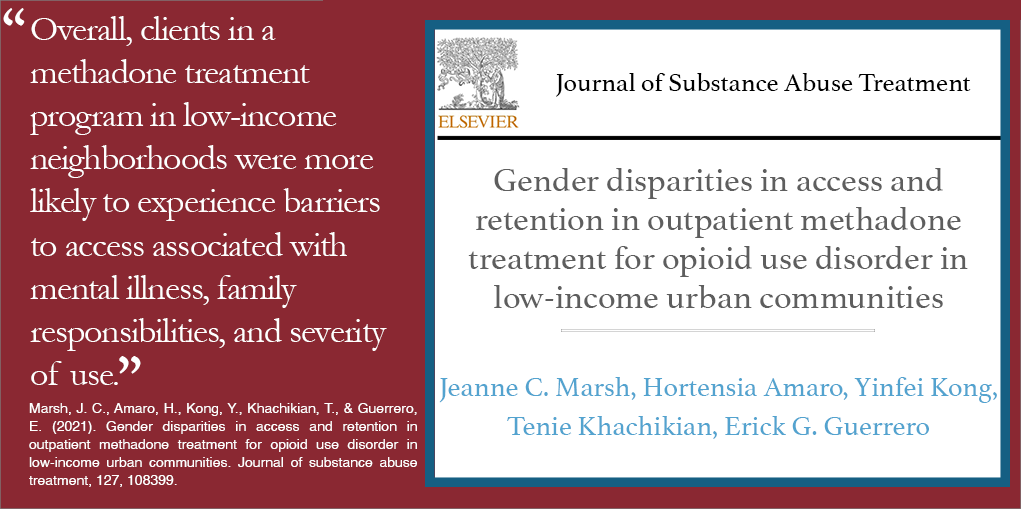


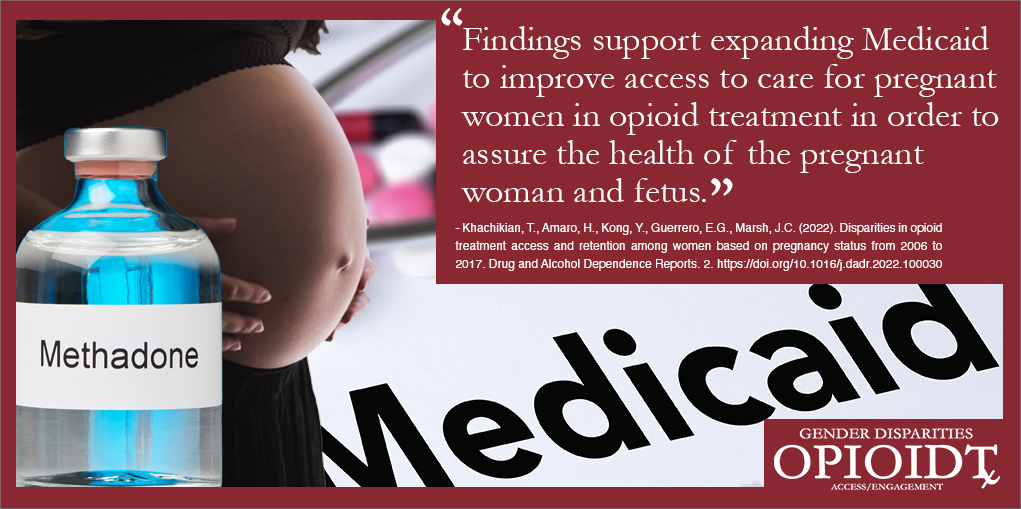

2 thoughts on “Racial and Ethnic Disparities in Substance Abuse Treatment Completion”
Comments are closed.